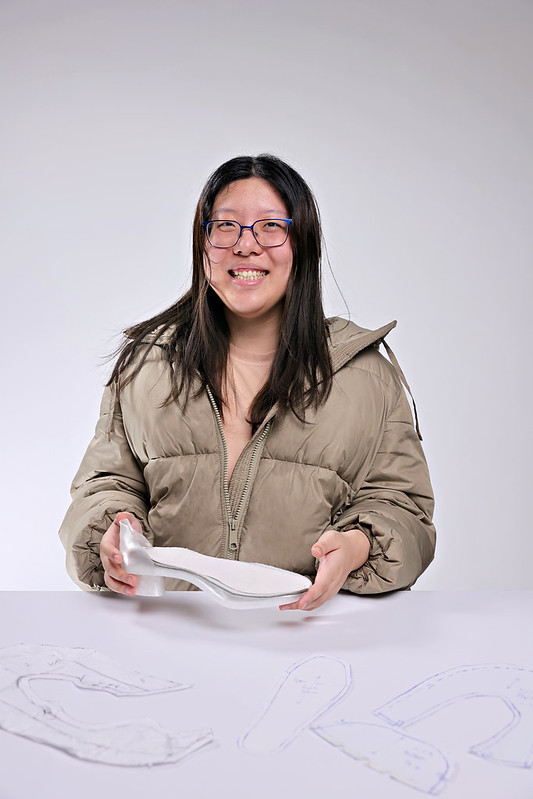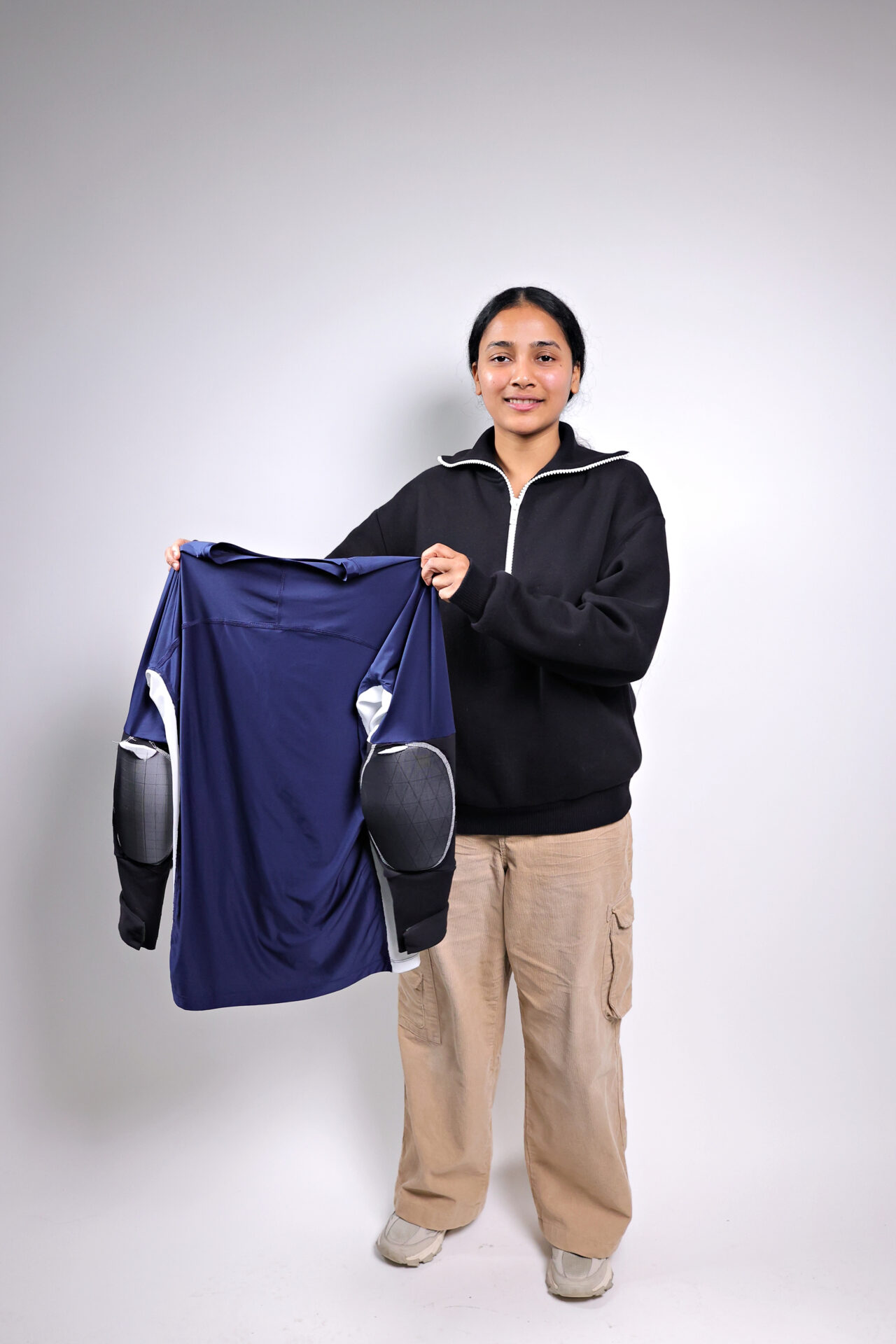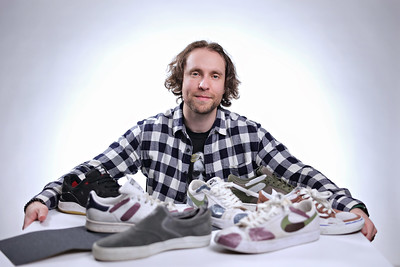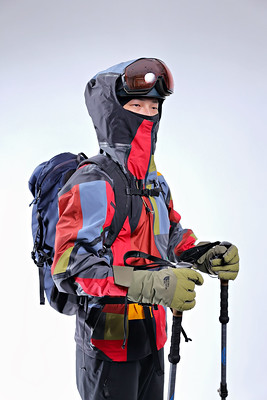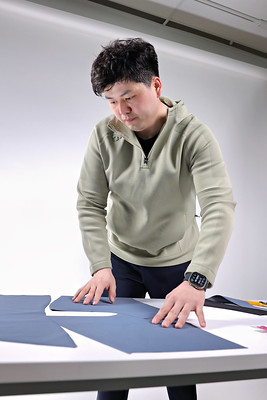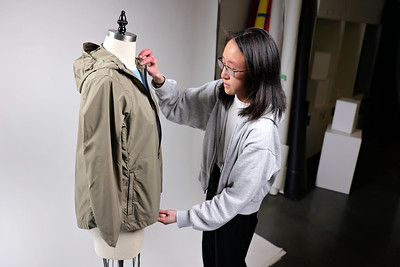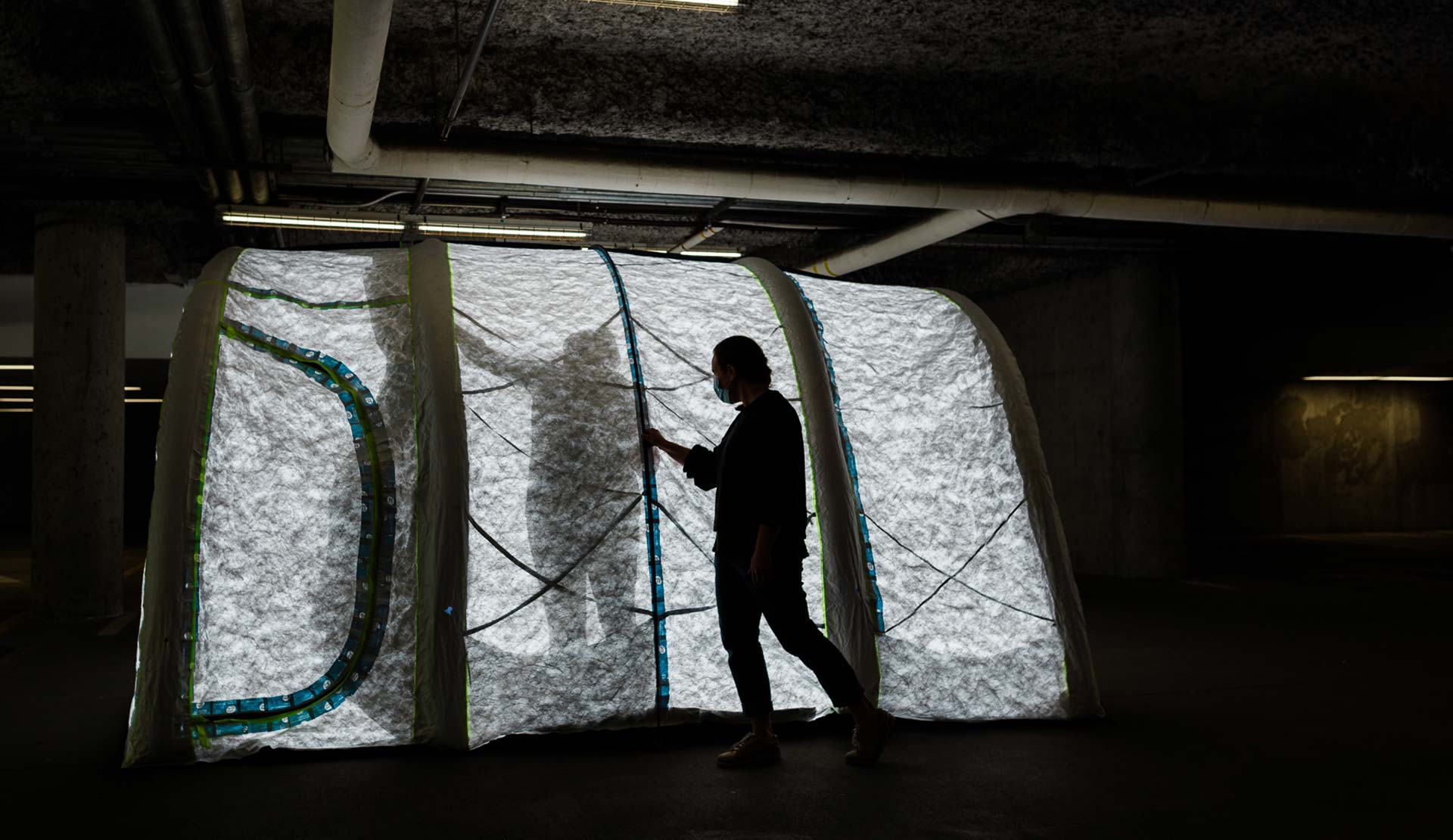
Research & Design
We work with companies, organizations and institutions in a collaborative process to design and deliver solutions for complex and evolving challenges
Research at the KPU Wilson School of Design creates evidence-led solutions. We incubate ideas that meet the needs of our communities. We design inclusively; with and for people.
Our Approach
We use a hands-on approach to implement technological and social innovations that seek to make people’s lives better, safer and more comfortable. This is done through understanding the values and needs of our community and partners and designing for the real world.
- Our research outcomes advance knowledge in challenging contexts.
- Our research practices are developed with sustainable frameworks while addressing complexity through creativity.
- We solve meaningful problems as defined by the UN Sustainable Development goals, with and for representative communities in our region.
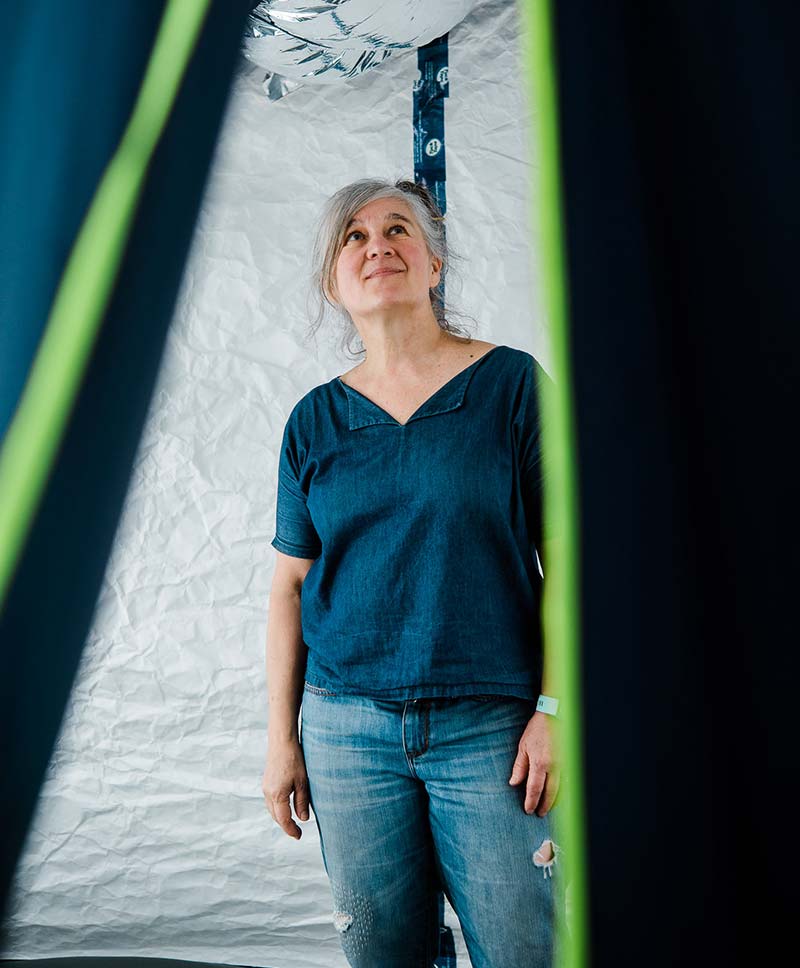
Our Research Themes
Design through Systems
Material sustainability cycles and local industry practices.
Designing Through Systems enables us to take a big-frame perspective on the problem of waste in our region’s key sectors including fashion, technical textiles, and consumer products. We approach this through practices of the Circular Economy for material and product cycles to eliminate waste and pollution, circulate materials and regenerate our landscape and economy.
Design for Extremes & Futures
Climate crises and regional biosystems.
Designing for Extremes and Futures challenges us to address the extra-ordinary events and geographies brought on by our changing climate. Environmental extremes challenge how we explore, what we can grow, and how we live and work. We are located south of the Stó:lō (Fraser River) a working river amongst the Coastal Mountains that guides how we design through consideration of biodiversity and culture.
Design with Inclusivity
User-centered fit, co-design methods, and performance analysis.
Designing with Inclusivity allows us to reconsider the user in the broadest sense and how design can contribute to health and social impact. Culturally and generationally, we are becoming increasingly aware of people’s needs: emotional, cognitive and physical. Design that engages through diversity and practices of co-design is essential to good design. We do more than re-think fit, performance and comfort, we design with people.
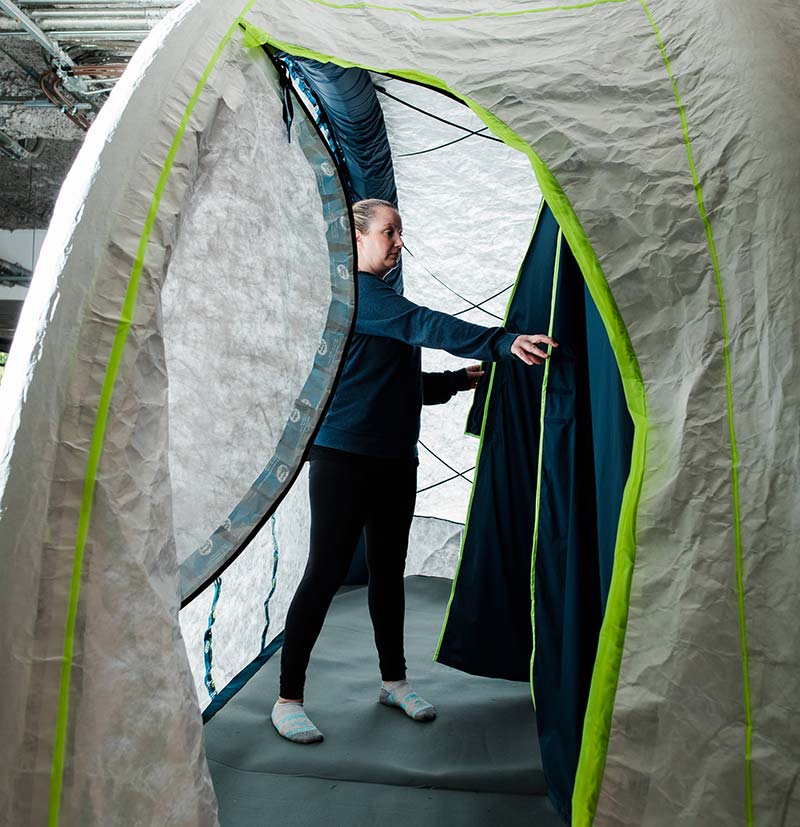
Service Design Model
We Design for Meaningful Problems.
Our approach to research is evidence-led, creative, and human-centred.
Our Process Is:
Collaborative
We work with companies, organizations and institutions in to design and deliver solutions for complex and evolving challenges.
End-to-End
We help partners frame their problem and identify what they need, but also through all aspects of the full material, product, service, or system cycle.
Long-term Focused
We are looking to connect with community partners who are planning to have a product, service, or system built in 4-5 years.
We currently offer two approaches to research that engage community partners:
Fee for Service Projects
Independent faculty-led research projects with Wilson School of Design Faculty.
Supported by Student Research Assistants to gain industry experience (project fees involve a time-release from teaching and requires a 6-8 month lead time to prepare).
Course Based Research Projects
Within Wilson School of Design undergraduate classes.
Classes consist of 10-22 students (requires 3-4 months lead time to plan and a budget for materials).
Partners + Collaborators
The Metro Vancouver region has a disproportionately large number of start-up and emerging businesses compared to the rest of the country.
Dozens of industry and community partners have engaged with KPU’s applied research capacity, especially through its centres and institutes, to solve their innovation challenges over the last 15 years.
For example
If you are working on developing a new material – we can help you determine what properties it should have for human use and how to work with scientific patents.
Lab Spaces + Equipment
Our research spaces house equipment for experimentation, testing, and production.
Our spaces (totaling ~1,200 m2) include a specialty soft-goods production lab, two standard soft-goods production labs, a hard good workshop with capabilities for wood and metal prototyping, and a digital prototyping and material testing lab.
We can develop high-level 2D, 3D, and digital prototypes with a variety of hard and soft materials and techniques. The following list provides more detail or you can reach out to us to discuss.
Soft goods & apparel prototyping equipment
- Standard lockstitch machines
- Knit construction machinery
- Ultrasonic welder
- Seam sealers
- Heat press
- Long arm and post walking-foot machines
Digital to physical prototyping equipment
- Computer lab with specialty software — Solidworks, Rhinoceros, Adobe Creative Suite & Optitex
- 4 fusion deposition 3D printers
- CNC mill
- 2 laser cutters
- Various large-scale printers/plotters
Hard goods prototyping equipment
- Bandsaw
- Table saw
- Miter saw
- Drill press
- Metal sheet cutter, roller and press
- Wood planer
- Wood lathe
Material analysis equipment
- Hydrostatic testing machine
- Rotary platform abraser
- Multi test stand
- Random tumble pilling tester
- Moisture management testing
- Air permeability tester
- Crockmeter
- Light booth
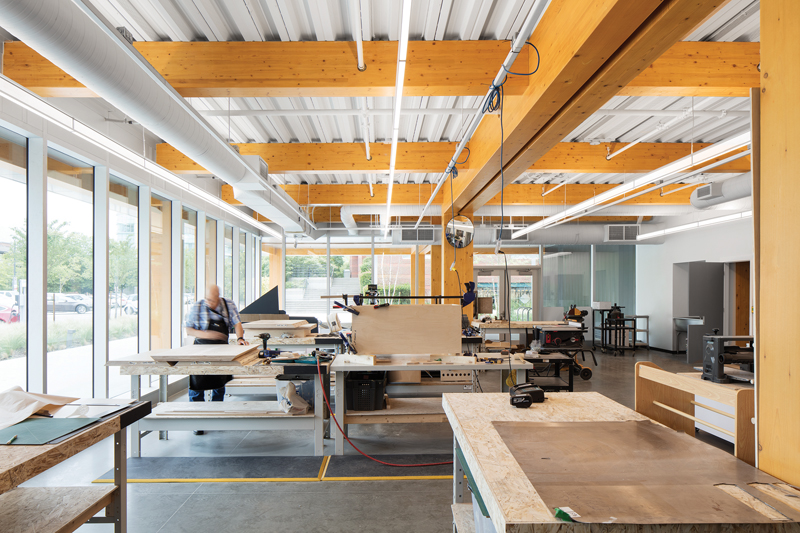
Soft goods & apparel prototyping equipment
- Standard lockstitch machines
- Knit construction machinery
- Ultrasonic welder
- Seam sealers
- Heat press
- Long arm and post walking-foot machines
Digital to physical prototyping equipment
- Computer lab with specialty software — Solidworks, Rhinoceros, Adobe Creative Suite & Optitex
- 4 fusion deposition 3D printers
- CNC mill
- 2 laser cutters
- Various large-scale printers/plotters
Material library & resource room
Samples of materials (both hard and soft for a variety of industries), and studio space for exploring lighting; photography studio space.
Design research space
Dedicated, secure space (105 m2) for externally funded research projects that have IP implications.
Work with us!
Interested in working with us? Design research works by first helping partners to frame the problem and what they need.
Finding ways to apply technologies requires knowing what technology is right for the users, and where and how that technology will be used.
01 Our research collaborations and partnerships start as a conversation.
02 Before we meet face to face, please tell us about your organization and design research needs in the form below so we can get into the deeper conversations.
03 Once you complete this form, we’ll follow up with you within two business days to arrange a meeting that includes all the ideal team members to review your needs.
